In a horological landscape dominated by century-old Swiss maisons, Baltic Watches has emerged as a compelling success story in modern independent watchmaking. Founded in 2016, Baltic exemplifies a new generation of brands leveraging direct-to-consumer models, digital community building, and vintage design aesthetics to create desirable timepieces without traditional heritage.
Baltic's rapid rise reflects contemporary watch culture's evolution: renewed appreciation for mid-century aesthetics, demand for transparency, accessibility, and community connection. This case study examines how Baltic has cultivated legitimacy and desire in just seven years—achievements that historically required generations to establish.
Baltic was founded by Etienne Malec, who discovered his late father's extensive watch collection and meticulously detailed journals. This personal archive became the emotional and aesthetic foundation for the brand, named after Malec's father's Polish roots along the Baltic coast. After developing the concept for over a decade, Malec launched Baltic in 2017 through Kickstarter, raising over €500,000—ten times the initial goal. This enthusiastic response validated both Malec's vision and the market's readiness for accessible, design-conscious watchmaking alternatives.
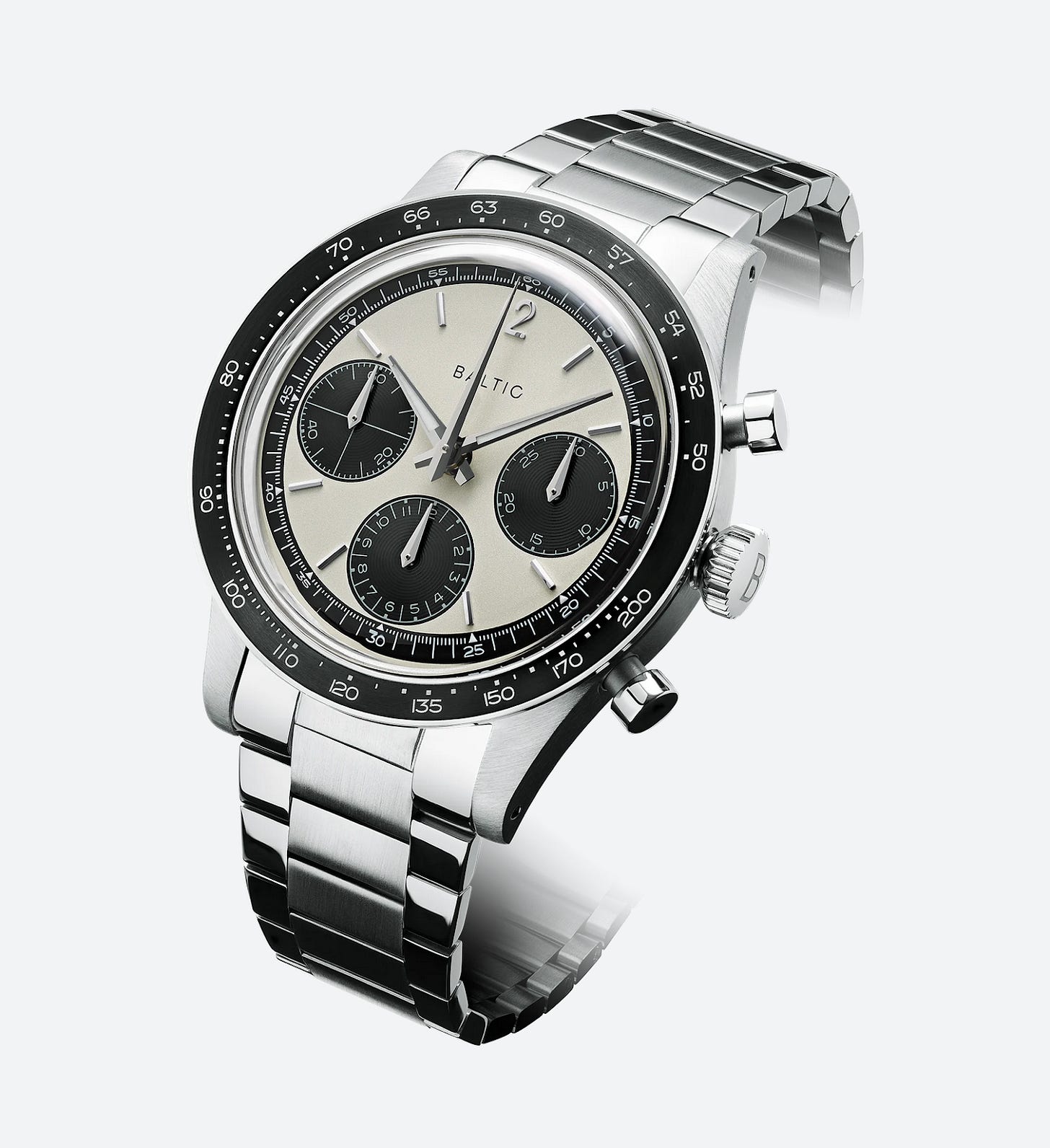
Unlike established brands positioning themselves as guardians of tradition, Baltic emerged as a fresh voice that respectfully borrows from the past while being transparently modern in its business approach. The brand's aesthetic draws from mid-century watchmaking (1940s-1960s), featuring stepped cases, sector dials, and balanced proportions. Their signature elements include the consistent use of the numeral "12" and the absence of date windows to maintain dial symmetry. This disciplined approach spans dress watches, chronographs, and divers while maintaining a coherent design language.
Baltic builds credibility through transparency about modern production methods while creating emotional connection to watchmaking's past. Components are manufactured in Hong Kong before assembly in Besançon, France. The brand uses Japanese Miyota, Chinese Seagull, and occasionally Swiss Soprod movements to maintain accessible pricing (typically €300-900) while delivering quality. This direct-to-consumer approach eliminates traditional retail markups, allowing better value than established brands with similar aesthetic appeal. Limited editions and collaborations command higher prices, creating aspirational models while maintaining an accessible core collection.
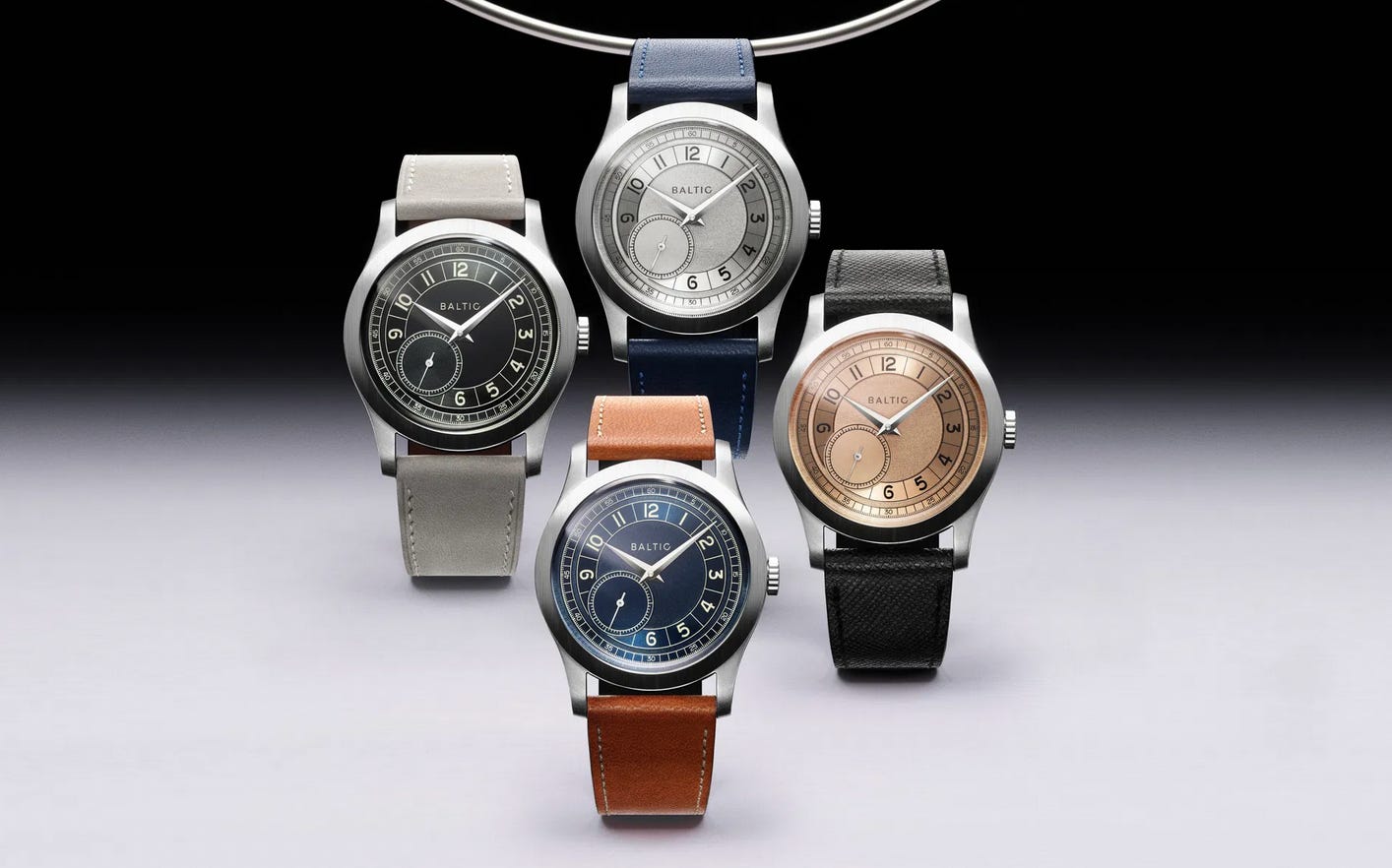
Baltic's growth is intrinsically tied to online watch communities and digital platforms. Their Kickstarter launch created an instant cohort of invested enthusiasts, while relationships with influential platforms like Hodinkee and Revolution expanded their reach through features and special collaborative editions. The brand effectively leverages controlled scarcity through limited production runs. Malec's personal engagement in forums and social media creates direct connections with customers—contrasting sharply with traditional luxury brands' aloofness.
This community-centered approach has yielded remarkable validation. Baltic's invitation to participate in the prestigious Only Watch charity auction in 2021 and 2023 positioned this young brand alongside historic maisons on watchmaking's global stage. Their contributions achieved CHF 50,000 and CHF 55,000 respectively, demonstrating the collecting community's recognition of their significance despite their youth.
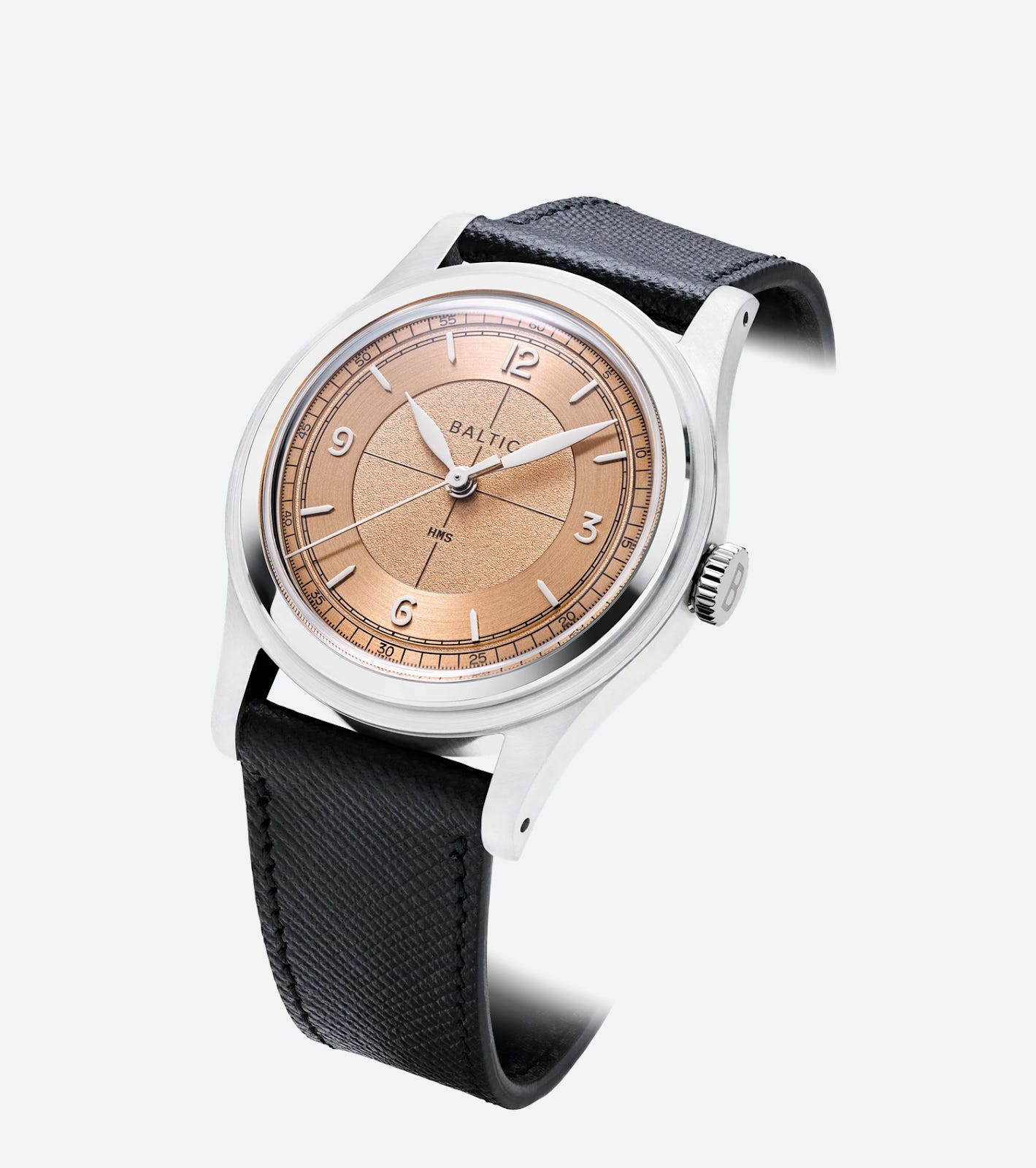
As the brand has matured, Baltic has strategically expanded its technical capabilities and design range from initial three-hand and chronograph models to dive watches (Aquascaphe), GMT models, a micro-rotor dress watch (MR01), and even a perpetual calendar for Only Watch 2023. Each new release builds on established design codes while exploring new territory. The company expanded its physical presence by opening a London showroom in early 2024—a significant investment signaling confidence and maturity. Throughout this growth, Baltic has maintained close community relationships, balancing brand control with enthusiast engagement.
Unlike revival brands resurrecting dormant names, Baltic has created a new identity with deliberate references to watchmaking's past. Their approach honors aesthetic traditions that inspired Malec through his father's collection rather than claiming fabricated heritage. Baltic's visual identity evokes mid-century watchmaking while maintaining contemporary relevance, creating timepieces that feel both historically grounded and decidedly modern. They stage the past to serve the present, using vintage inspiration as a foundation rather than a constraint.
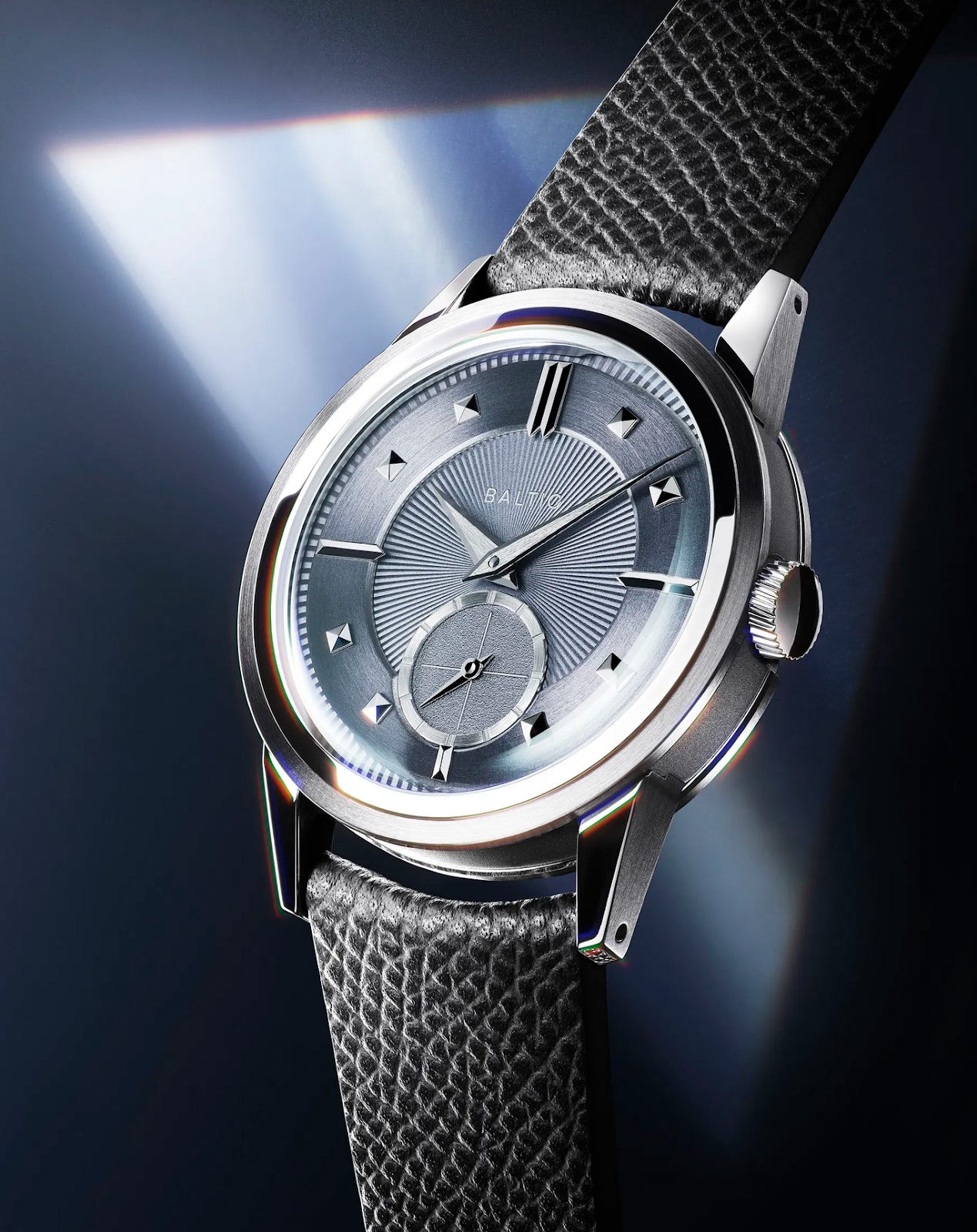
This delicate balance faces challenges as Baltic continues to grow. They confront increasing competition in the saturated "neo-vintage" space, potentially diluting their distinctiveness. Scaling production while maintaining quality control presents another challenge, particularly as they venture into more complex movements and higher price brackets. Their direct-to-consumer model may become constraining as they seek new markets. Traditional retail expansion would increase visibility but require price increases to accommodate dealer margins, potentially undermining their value proposition.
Most fundamentally, Baltic must navigate the tension between growth and maintaining the personal approach that defined their success. As operations expand beyond Malec's direct oversight, preserving the brand's character will require careful leadership development and clear vision.
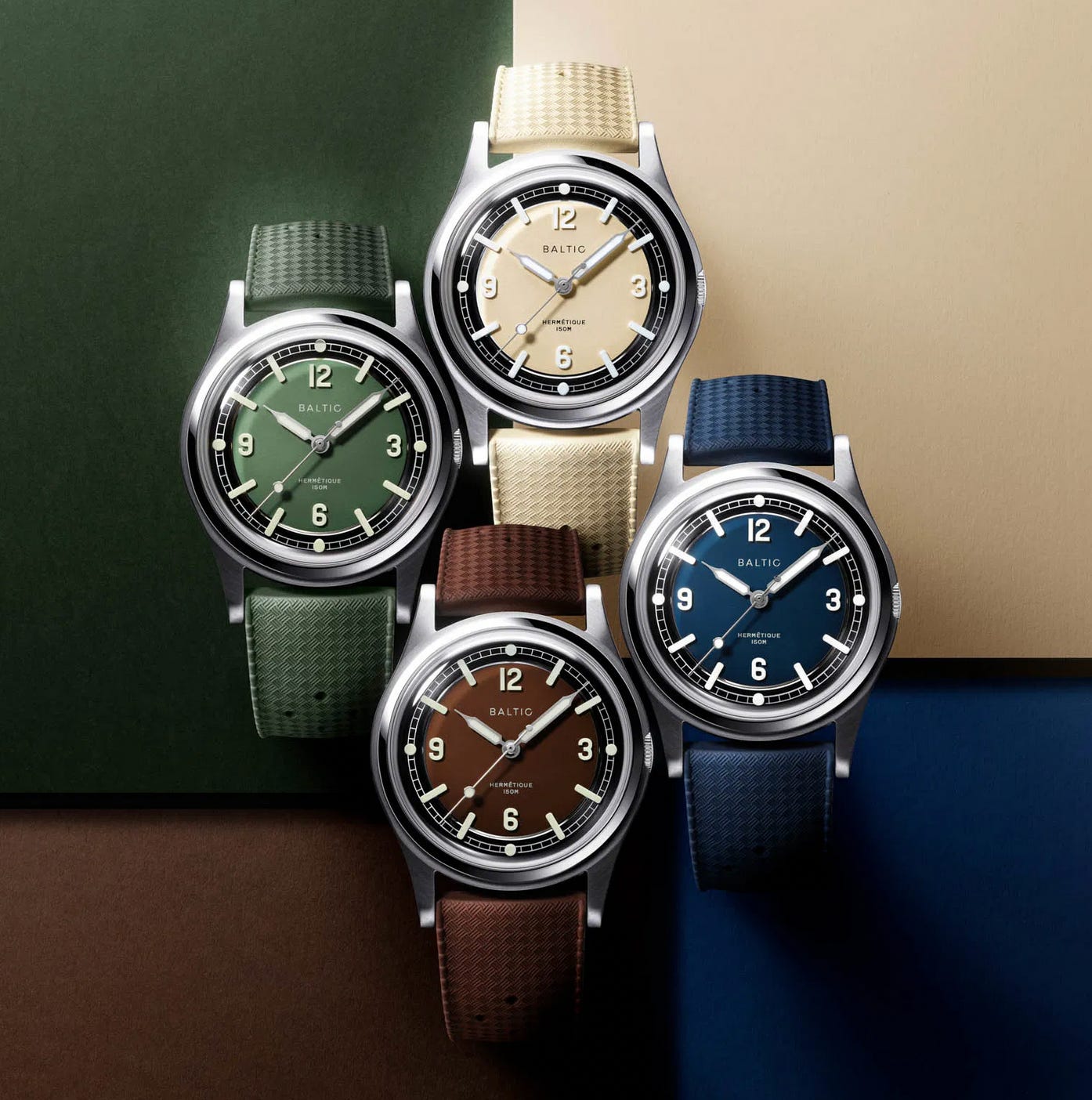
Baltic's success offers several strategic insights for both emerging and established watch brands. A genuine personal connection can be more compelling than manufactured heritage. Baltic's commitment to balanced aesthetics creates identity without relying on logos or gimmicks. Their forthright approach to sourcing and assembly has turned potential weaknesses into strengths, while direct relationships with enthusiasts create organic promotion and market stability. Working within limitations has focused Baltic on distinctive design rather than technical complexity, resulting in coherent collections with strong visual identity.
Established brands could learn from Baltic's community engagement, price transparency, and participation in watch culture beyond traditional marketing channels. Their success demonstrates that value perception in contemporary watch collecting increasingly prioritizes authenticity and design integrity over traditional industry prestige markers.
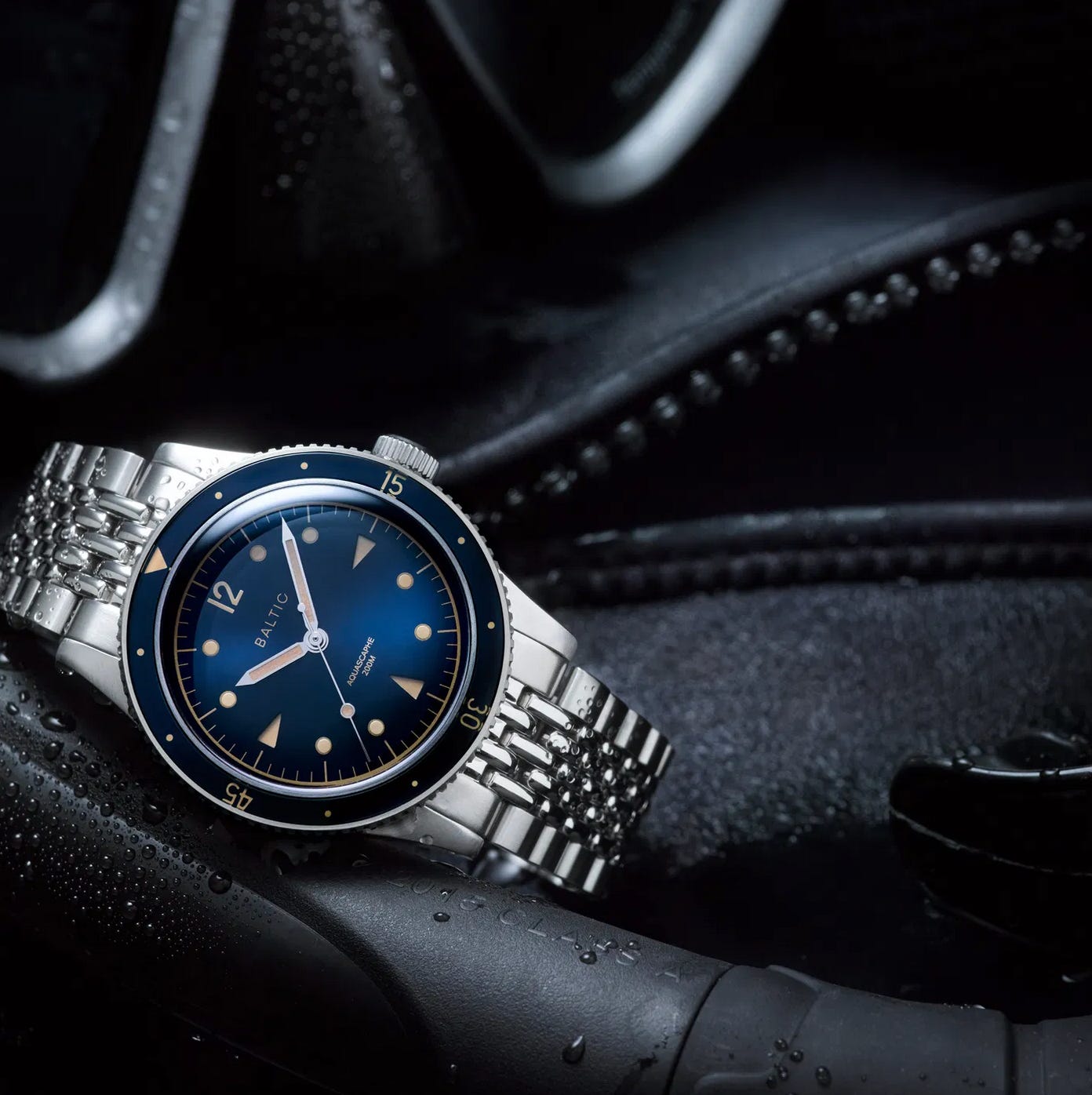
In less than a decade, Baltic has established itself as a significant presence in independent watchmaking. Their inclusion in Only Watch, collaborations with respected platforms, and growing collector base validate their approach and suggest long-term viability. Baltic has helped democratize mechanical watches without compromising design integrity, bridging the gap between affordable timepieces and luxury watches by prioritizing aesthetics and transparency over traditional prestige markers.
Looking forward, Baltic faces the classic independent brand dilemma: remain niche with a devoted following or pursue broader growth that may compromise their founding principles. Their navigation of these competing pressures will determine whether they remain defining independents or become acquisition targets for larger groups seeking authentic connections to younger enthusiasts. Regardless, Baltic has demonstrated that meaningful watchmaking legacies can be built in real time through passion, design integrity, and community connection rather than merely through the passage of time.
If you enjoyed this article, consider subscribing to receive more insights on independent watchmaking and horological culture.
About the Author
Sergio Galanti is a journalist specializing in independent watchmaking and mechanical horology.



I have an early Baltic Bicompax 001 with a Seagull movement. I love it.